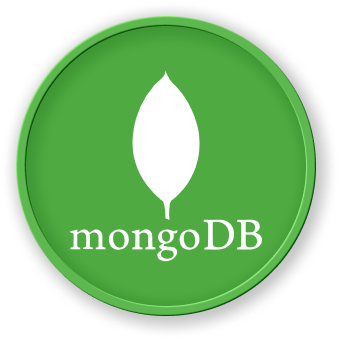Query and Update Arrays
Querying Array Elements
Basic Array Querying Techniques
MongoDB provides multiple methods to query array elements effectively:
## Match exact array
db.collection.find({ tags: ["mongodb", "database"] })
## Match array containing specific element
db.collection.find({ tags: "mongodb" })
Array Query Operators in Depth
$in Operator
Matches any value in an array against specified values.
## Find documents where tags contain either "mongodb" or "database"
db.collection.find({ tags: { $in: ["mongodb", "database"] } })
$nin Operator
Excludes documents with specified array elements.
## Find documents where tags do not contain "nosql"
db.collection.find({ tags: { $nin: ["nosql"] } })
Array Update Operators
$push Operator
Adds elements to an array
## Add a new tag to the tags array
db.collection.updateOne(
{ _id: documentId },
{ $push: { tags: "newTag" } }
)
$pull Operator
Removes specific elements from an array
## Remove a specific tag
db.collection.updateOne(
{ _id: documentId },
{ $pull: { tags: "oldTag" } }
)
Advanced Array Manipulation
$addToSet Operator
Adds elements only if they don't already exist
## Add unique elements to an array
db.collection.updateOne(
{ _id: documentId },
{ $addToSet: { tags: "uniqueTag" } }
)
Array Operation Workflow
graph TD
A[Array Data] --> B{Query/Update Operation}
B --> |$push| C[Add New Elements]
B --> |$pull| D[Remove Specific Elements]
B --> |$addToSet| E[Add Unique Elements]
Comparison of Array Update Operators
| Operator |
Function |
Unique Elements |
Multiple Elements |
| $push |
Adds elements |
No |
Yes |
| $addToSet |
Adds unique elements |
Yes |
Limited |
| $pull |
Removes elements |
N/A |
Yes |
When working with array operations in LabEx MongoDB environments:
- Use indexing for complex queries
- Minimize large array modifications
- Consider array size and update frequency
Best Practices
- Choose appropriate array operators based on specific requirements
- Validate input data before array modifications
- Monitor query performance with explain() method
By understanding these querying and updating techniques, developers can efficiently manage array data in MongoDB.

